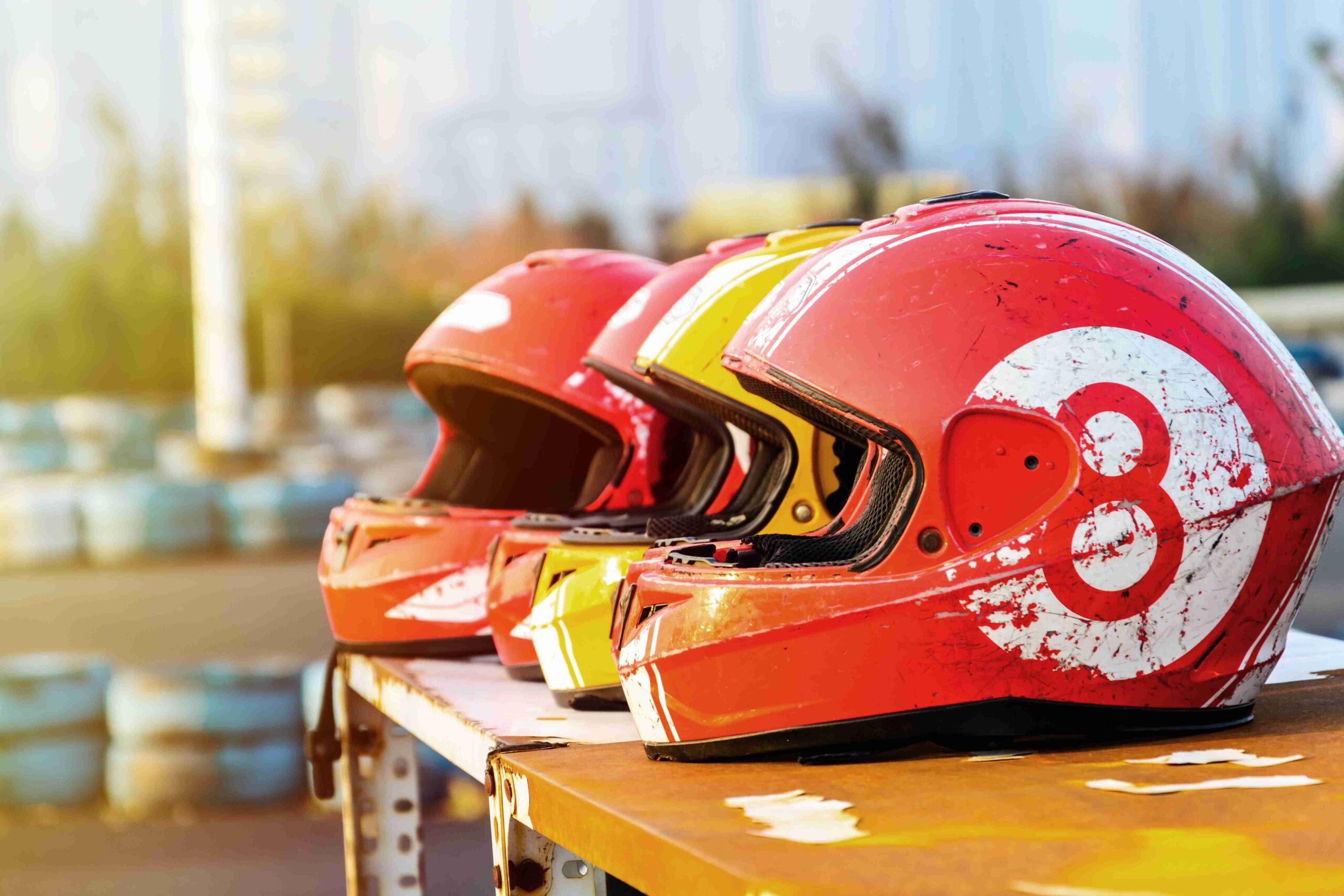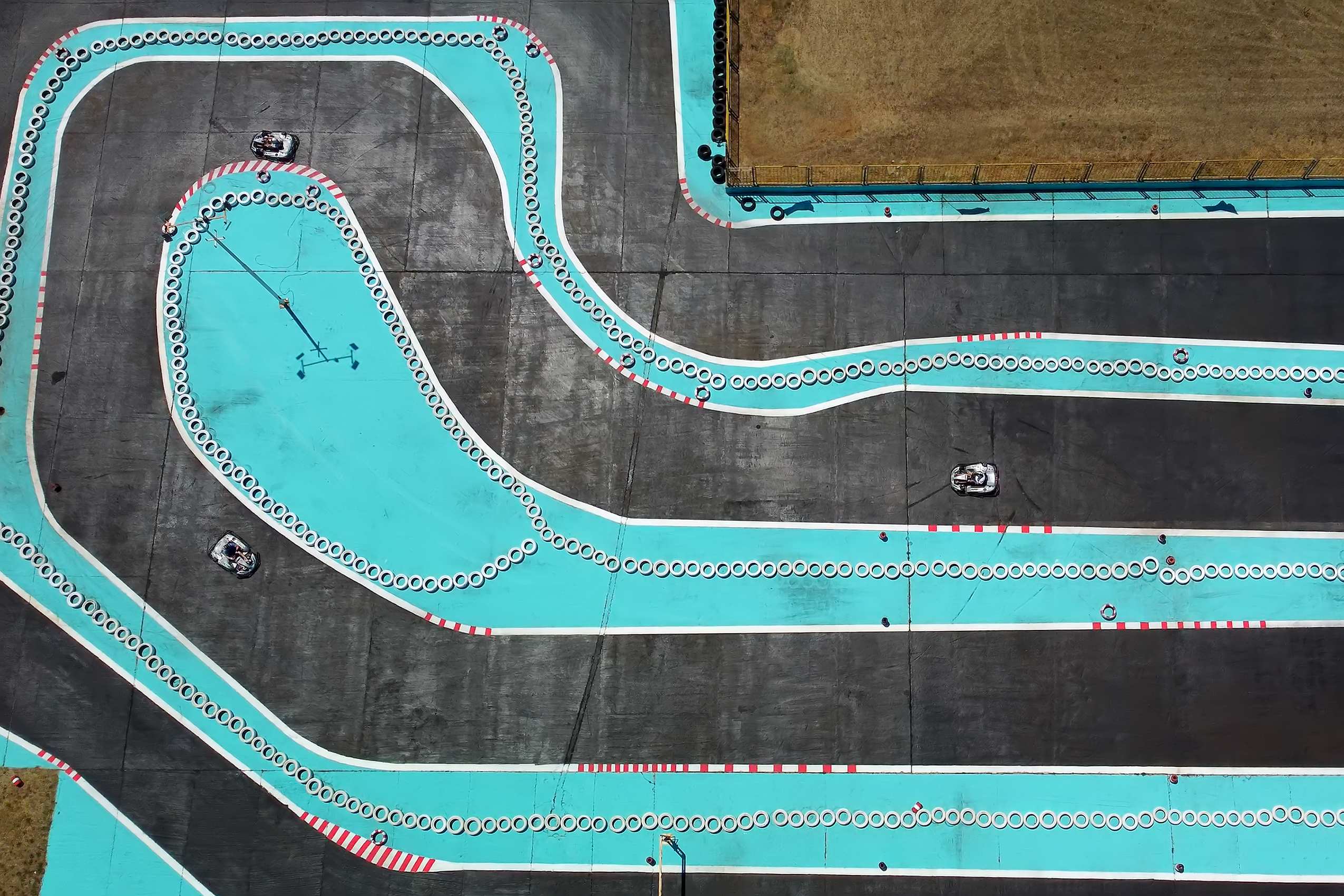When racing at high speeds in go karting Singapore, every small adjustment counts. Keeping control of your kart is key. One advanced technique that experienced drivers use to gain an edge is leaning. But how exactly does it work, and should you use it to improve your lap times?

How Does Leaning in a Go-Kart Work?
Unlike a regular car, a go-kart has a solid rear axle, meaning both rear wheels spin at the same speed. This setup works great for straight-line racing but creates challenges when cornering. Since the inner wheels have a shorter distance to travel than the outer wheels, the kart naturally resists turning, often causing understeer (when the front tires push wide instead of following the turn).
This is where leaning comes in:
- Leaning outward in a corner helps redistribute weight to the outer wheels, improving grip and stability.
- This reduces understeer, allowing the kart to rotate smoothly through the turn.
- Leaning back while accelerating shifts weight to the rear, helping you maximize traction and speed on the exit.
Mastering this technique will increase your control and efficiency on the track, whether you’re competing at an indoor karting track in Singapore or tackling a high-speed outdoor course.

When Should You Lean in Go-Karting?
Leaning is most effective on tight turns, such as hairpins and chicanes, where karts tend to struggle with weight distribution. However, modern karts are built to handle weight shifts efficiently, so you might not always need to lean aggressively. Test it out and see how your kart responds to different weight shifts.
So in what situations do you need to lean?
- Tight corners where understeer is an issue.
- Wet or slippery tracks, such as during outdoor races in rainy conditions.
- Defensive racing, where stability is key to holding your position.
Should You Lean In or Out When Go-Karting?
One of the biggest mistakes in go karting Singapore is leaning the wrong way during a turn. Unlike motorcycling, where riders lean into the turn, in karting, you should always lean outward. Leaning inward shifts too much weight onto the inside wheels, making the kart unstable and difficult to steer.
On the other hand, leaning outward helps distribute weight more evenly, improving balance and traction. This allows you to navigate corners more smoothly and accelerate out of turns more effectively.
Benefits of Mastering the Go-Kart Leaning Technique
Once you’ve perfected the leaning method, you’ll notice a big difference in your performance. Here’s how it helps:
- Improved acceleration by allowing better weight distribution.
- Reduced braking distance, as the kart stays balanced.
- Better cornering stability, making sharp turns easier.
- More traction, preventing loss of control.
Final Thoughts
If you’re racing at one of Singapore’s best go-karting tracks, understanding when and how to lean can give you a serious advantage. However, every kart behaves differently, so experiment and find what works best for you. Leaning can be a game-changer when used correctly.
